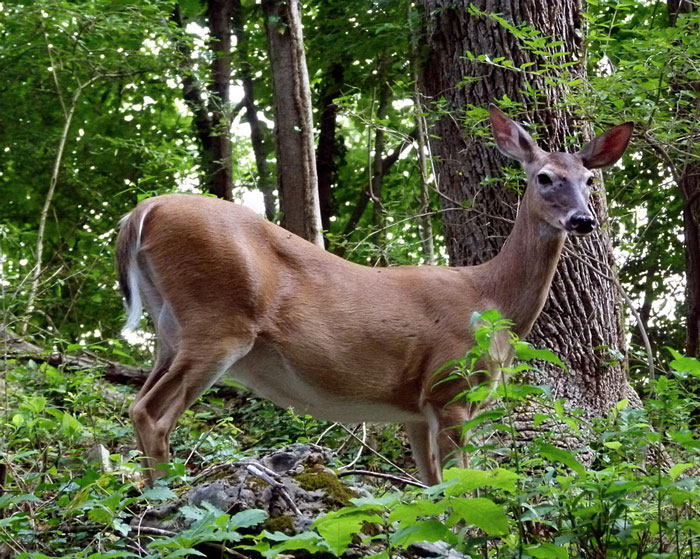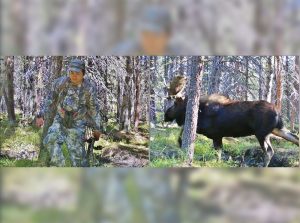It was early in September when a pair of dead deer were recovered displaying signs of an odd sickness that prompted the autopsy. Two deer were submitted to the Canadian Wildlife Health Cooperative with systemic bleeding as typically seen with deer infected with the deadly Epizootic Hemorrhagic Disease (EHD).
After the autopsy was completed, officials with the National Centre for Foreign Animal Disease, Canadian Food Inspection Agency and the Ontario Ministry of Natural Resources and Forestry confirmed the presence of EHD virus serotype 2.
The deadly disease, while relatively common in some southern states, has never before been confirmed in the province of Ontario. Spread by small midge flies, the disease is slightly more effective against herds without pre-existing herd immunity-something Ontario’s deer are without.
According to reports, officials do not expect a major outbreak in southern Ontario deer herds but are maintaining that it will remain dependent on weather conditions. Typically, when the first frost hits a region, it effectively wipes out the flies and slows disease transmission.
Meanwhile, Canadian researchers are continuing to study midge biology in the region.
While there are no reports of the disease being transmitted to humans, officials caution against consuming the flesh of any sick or diseased animal.
If sick or dead deer are encountered in the wild, the Canadian Wildlife Health Cooperative or the Ontario Ministry of Natural Resources and Forestry’s Natural Resource Centre.




